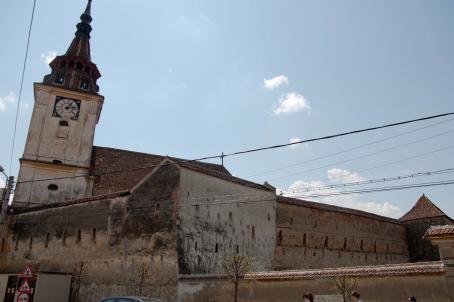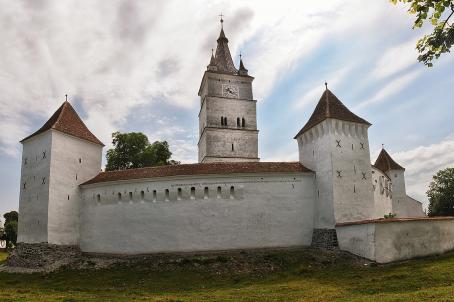Bod Fortified Church
The fortified church in Bod went through difficult times, strongly affected by fire and earthquakes. The Romanesque basilica with a bell tower built in the 13th century was partially destroyed by fire only two centuries later. Starting with the late 18th century, the events precipitated: the bell tower collapsed only to be rebuilt nine years later. But after three years the church was massively destroyed by an earthquake, together with its fortification wall. The polygonal wall with outer bailey and defence towers was almost completely dismantled after this episode. Today in Bod one can admire the church built in 1806, whose tower damaged by the earthquake in 1977 was subsequently stabilized. The interior of the church houses the altar from 1869, which forms a whole together with the organ built in 1816. Original bells, dating back to Catholic times were destroyed when the tower collapsed. One bell that escaped the damages of war and further two bells made of bronze in 1922 accompany the Sunday service today.
About this building
For more information visit on this building visit https://kirchenburgen.org/en/location/bod-brenndorf/






